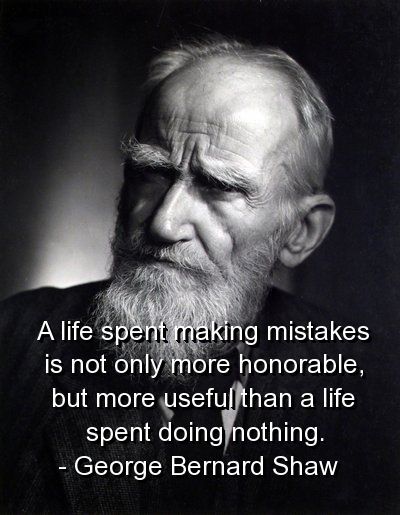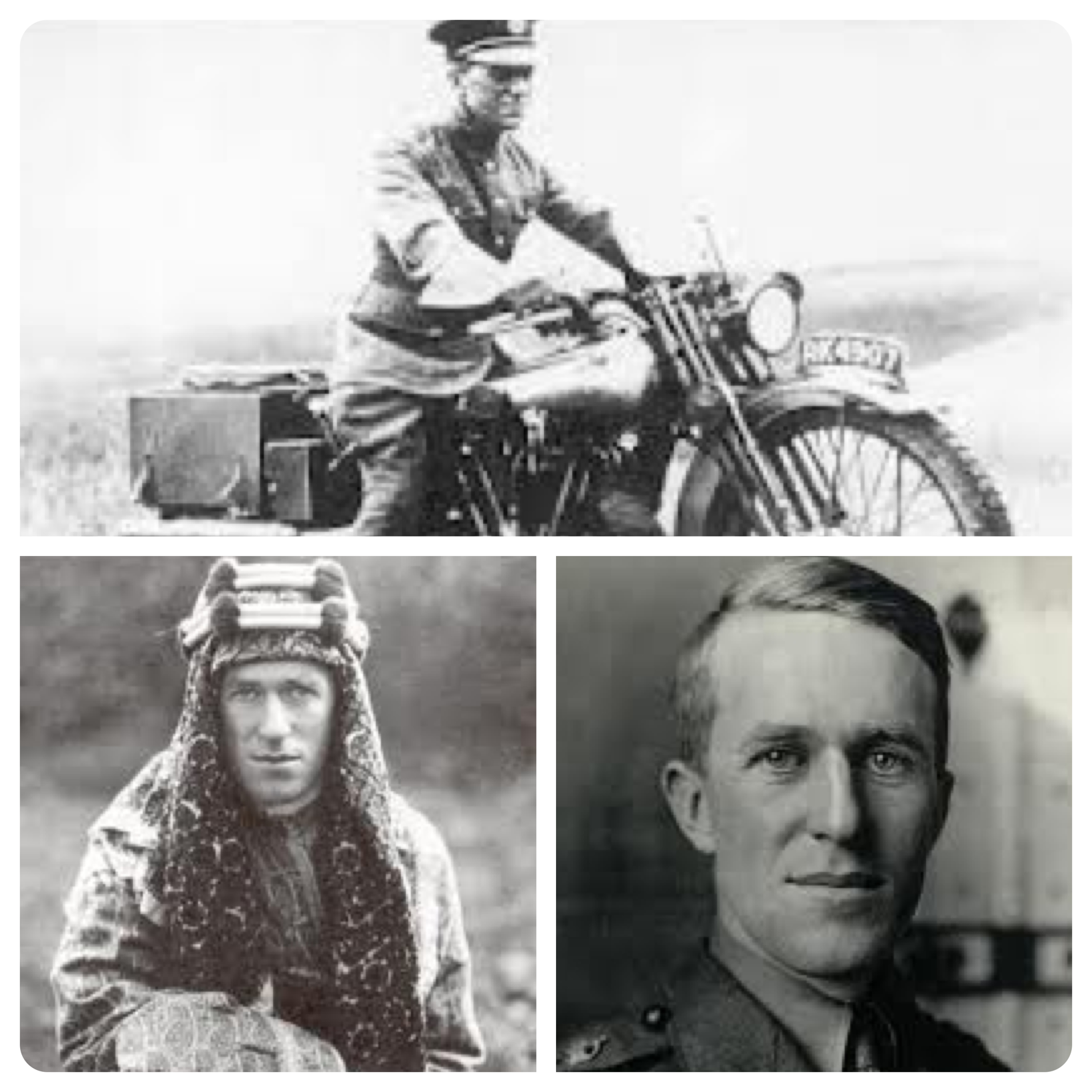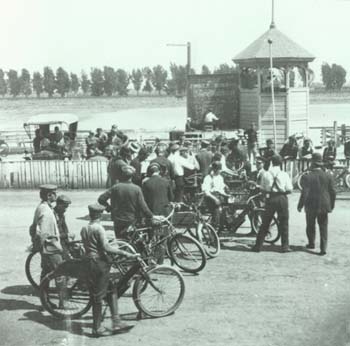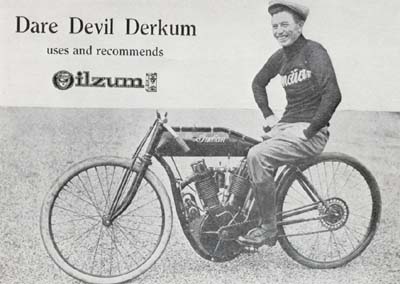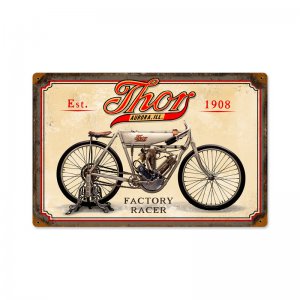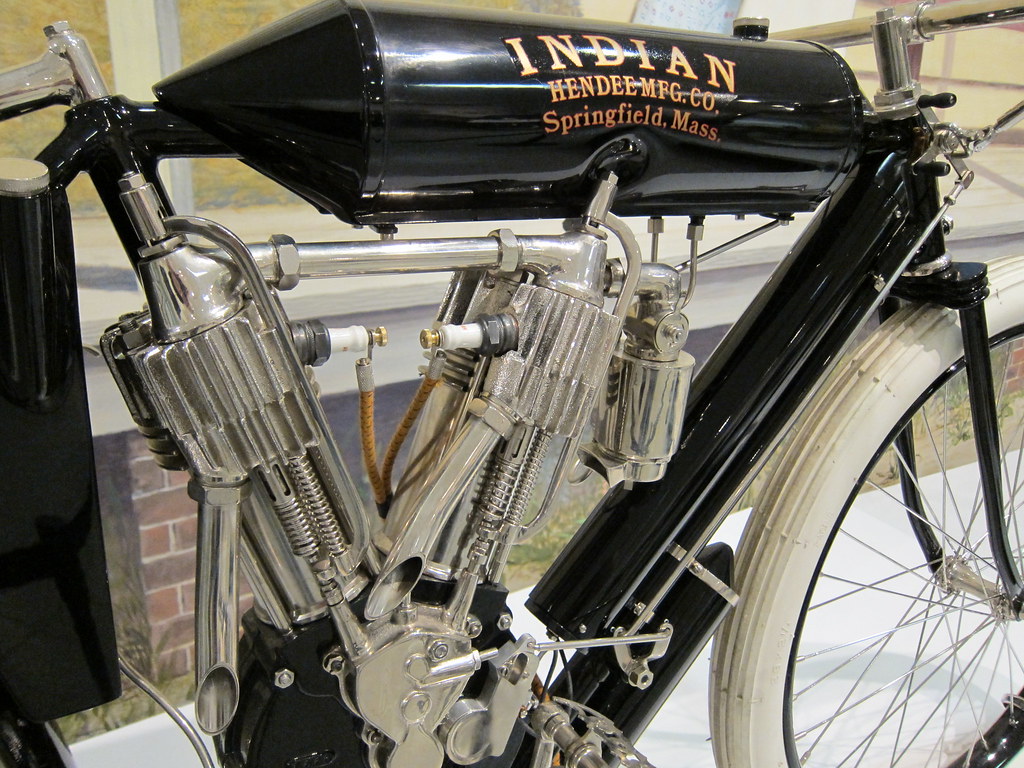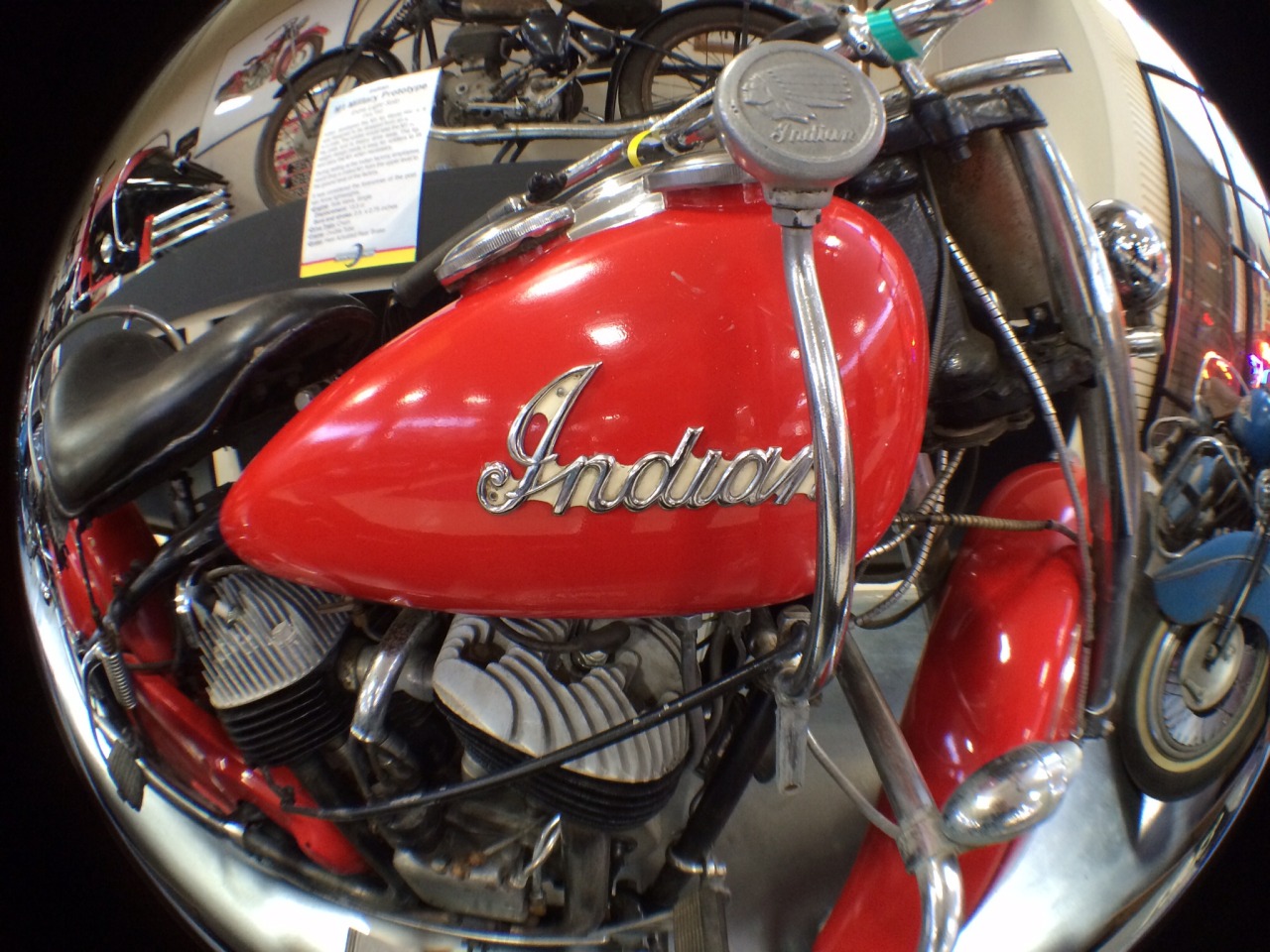
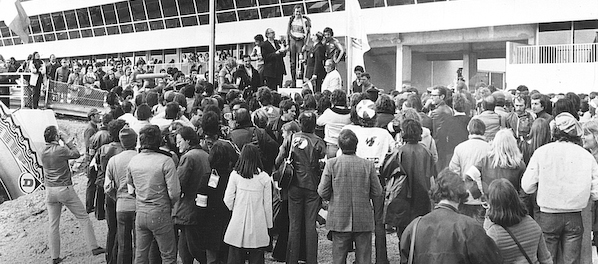



Finland's Jarno Saarinen rides the first YZR500 to victory over Phil Read and his MV Augusta at the 1973 French Grand Prix.
The 1973 French Grand Prix was the opening round of the GP series held at the Circuit Paul Ricard at Le Castellet, near Marseille, France. For Yamaha this race would mark its first ever GP challenge in the 500cc class. The hand-picked riders who would mount the new Yamaha machine that had been developed under the OW20 code name were the previous year’s 250cc class champion on a TZ250 Yamaha prototype Jarno Saarinen of Finland and Japan’s Hideo Kanaya.
At last, Saarinen was ready to challenge Giacomo Agostini and Phil Read in the 500cc class with competitive equipment.
Saarinen would ride the first YZR500 to victory over the 20-lap, 72 mile course in a time of 45.57 to beat rival Phil Read on the MV Agusta four-stroke machine by a full 16-second margin. Kanaya followed in third place. In the second round of the series at the rainy Circuit Saltzburg in Germany, Saarinen and Kanaya would finish one-two, and in doing so it brought with it the start of a new era in GP racing.
The strength of the two-stroke Yamaha machine ended the domination of the four-stroke MV Agusta in the GP500 class. At the time, some 20 different makes of 500cc machines were competing in the class, including Konig, Husqvarna, Ducati, Bultaco, BMW, Norton and Triumph, but up to that point none could stop the winning streak of MV Agusta.
Saarinen would ride the first YZR500 to victory over the 20-lap, 72 mile course in a time of 45.57 to beat rival Phil Read on the MV Agusta four-stroke machine by a full 16-second margin. Kanaya followed in third place. In the second round of the series at the rainy Circuit Saltzburg in Germany, Saarinen and Kanaya would finish one-two, and in doing so it brought with it the start of a new era in GP racing.
The strength of the two-stroke Yamaha machine ended the domination of the four-stroke MV Agusta in the GP500 class. At the time, some 20 different makes of 500cc machines were competing in the class, including Konig, Husqvarna, Ducati, Bultaco, BMW, Norton and Triumph, but up to that point none could stop the winning streak of MV Agusta.
Tragically, one month later, on May 20, 1973, Jarno Saarinen would be involved in a controversial crash in the Italian Grand Prix that would claim the lives of Jarno and Italy's Renzo Pasolini.







